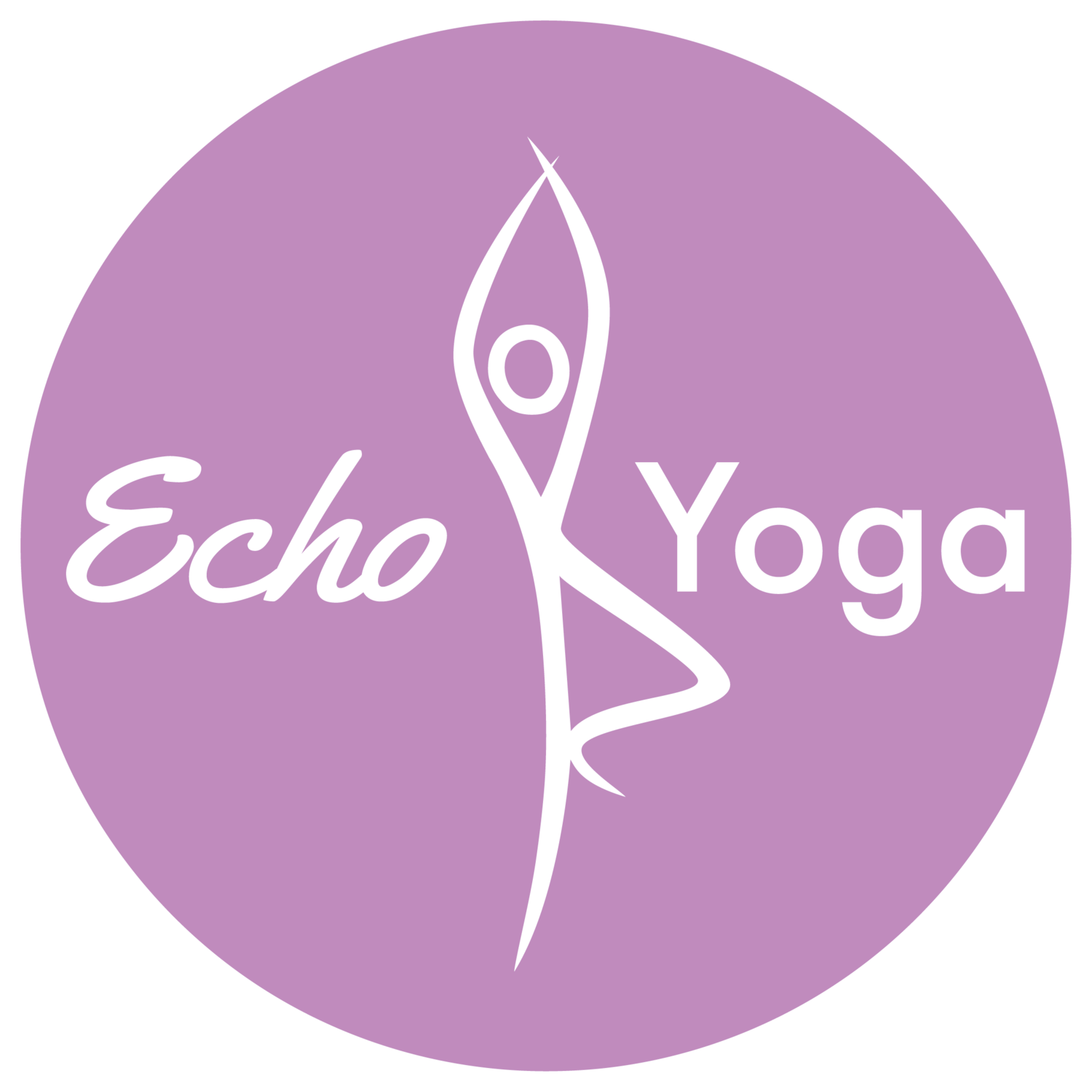Yoga Nidra: Whats all the hype?
So what's all the fuss about yoga nidra. A deep guided relaxation that benefits you physical and mental well being. Often referred to as yoga's greatest secret but what is yoga nidra? and how is it structured?
Yoga nidra is a deep guided relaxation where the participants are in a yogic sleep but have full awareness. It is very old with references to yoga nidra in the Tantric texts. Due to the many evolution and interpretations of yoga nidra over the century we now have 3 main schools of yoga nidra. These are the Himalayan Institute, Satyananda and Richard Millers I Rest. They have similarities and differences.
The foundation for all schools of nidra is based on the same structure of 10 stages:
1. Preparation
Review of nidra theme and any restorative propping positioning and getting ready for practice
2. Settling
This is the start of guided nidra. Allowing participants to get comfortable make adjustments in the position and let the body settle onto the mat. You will be encouraged to become aware of your surroundings using your senses ( sight, smell, touch, hearing and taste)
3. Sankalpa
Setting an intention for practice. You don't have to set an intention or resolution if you don't wish to.
4. Rotation of consciousness
This is the awareness being taken around the body. Different methods use different rotations but all have the same aim to relax the body and mind and puts you in a state of trance or deepens that state if you are already in trance.
5. Pairs of opposite
Cultivating the capacity to experience opposite of sensation and emotion. This is done to open our mind, free us from restrictions of the rational mind and access intuitive guidance.
6. Breathing
By bringing the conscious awareness to the breath we are able to deepen the connection with the yoga nidra experience. It also helps to keep us grounded during nidra as our breathe is always with us.
7. Visualisations
The purpose and content of the visualisation depends upon whether the nidra is being delivered to you as part of a group or on a one to one level. They can be personalised to focus on a particular theme such as relaxation, stress relief, pain. This is unique to that particular nidra.
8. Sankalpa
Repeated to deepen the resolve and reinforce the connection.
9. Externalisation and return to alert state
Increasing awareness of the external environment bringing awareness back to the body. Carrying benefits of practice back into everyday life.
10. Finish
Exiting yoga nidra. Slowly bringing you back into wakeful state. Reinforcing that yoga nidra has finished. Some people sing, chant or use sounds to help bring you back from being in yoga nidra.
Numerous yoga nidras can be accessed via a variety of sources through the internet or classes held locally. If accessing nidras via the internet finding a teacher with the 'right' tone of voice is key in whether you are able to relax and embrace the nidra. When meeting a nidra teacher in person building a good trusting relationship will help you on your yoga nidra journey.
Welcome to yoga Nidra and I hope you feel the emotional and psychological benefits from your practice.


